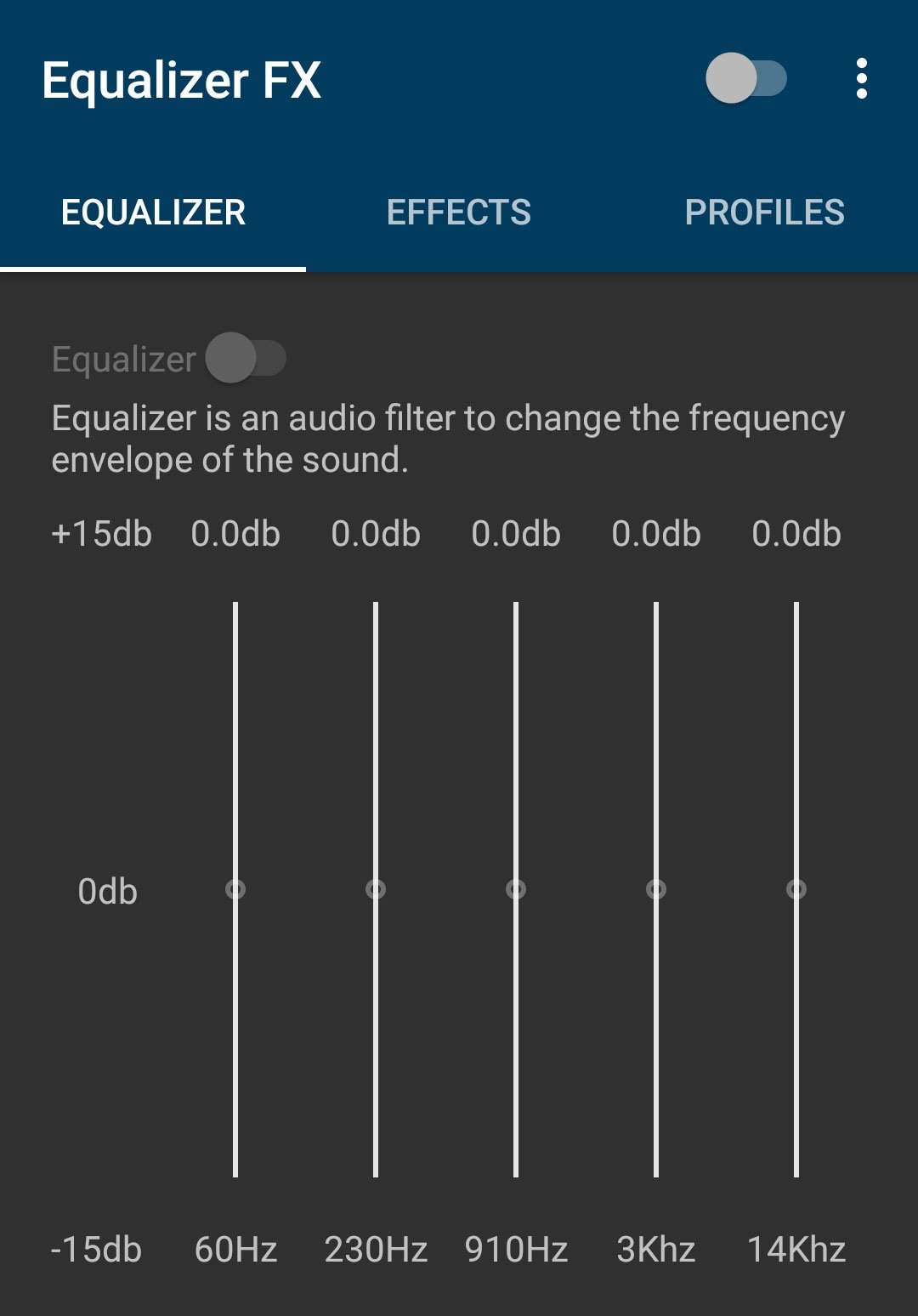

✅Pro tip: Know the music before adjusting EQ settings. Place the bass frequency lever at a slightly lower level and keep all other levels lined up descendingly. You may raise the sub-bass lever on the extreme side of your equalizer and push it halfway to the top of the volume. The best equalizer for bass sound should look like this: Listening to music with a woofing quality can add a sense of energy and excitement.

Here are the best equalizer settings: Bass Soundīass is not a music genre, but many people are looking into getting more bass, regardless of the music they listen to. The equalizer allows you to adjust the balance of frequencies finely and is the key to unlocking the true potential of any audio setup.

Whether you are a casual listener, audiophile, or music professional, mastering equalizer settings can improve your music experience. Sound becomes more like whines and whistles, and cymbals are found here.Ĭontinue reading to find out what the best equalizer settings are for the different audio devices you have in the next section. Harmonics for violence and piccolo are found here. Here, you can find trumpets that are four times louder Human ears are sensitive in this frequency range. The most audible range for humans Instruments such as the violin and piccolo can be found here Includes upright bass, bass guitar, and tubaīrass instruments and mid instruments, such as the alto saxophone and clarinet, are found here This can be hard to mix because the vocals, guitars, and drums compete for attention in a small space. It is seldom boosted, as it can cause damage to the ears if made too loud.īoosting too much in the upper mids can cause the track to sound harsh or edgy or exaggerate sibilance in vocals. The upper mids frequency range is where human ears are the most sensitive. Balancing the mids properly can create a well-defined soundstage. In audio production and mixing, the midrange is essential for achieving clarity and presence in the sound. The mid or midrange contains many fundamental frequencies in musical instruments and the human voice. When there is less, it will sound empty or hallowed. When too much happens in this range, instruments can sound muffled or boxy. To some extent, most musical instruments are in this range, so finding a balance between them is critical. These frequencies are responsible for creating the foundation and depth of sound.īass is an essential element in various music genres, providing rhythm and adding richness to the audio experience. The bass range is what many people are passionate about. They bring warmth and impact to audio experiences. This frequency range is felt more than heard, like when the bass drops at a live show, and you feel it in your chest. They produce a powerful, deep low-end sound typically reserved for bass guitars, kick drums, and low synthesizers. The sub-bass range is the lowest sound audible to humans. Here is the breakdown of seven frequency ranges: Sub-bass: (20 to 60 Hz) The commonly referenced frequency range is 20 Hz to 20,000 Hz, and people can hear less than this entire range as they age. Frequency Rangesįrequency ranges (or bands) are defined as a collection of frequencies ranging from lower to higher frequencies. The next section covers seven different frequency ranges to help you understand how an equalizer works. Frequency in audio is how fast or slow the sound waves are moving. When you listen to music or sound, it can be high or low. It is about how high or low the sound is. However, it also helps to consider other factors that impact your audio quality.įrequency is the number of cycles per second of the sound wave.

📝Note: An equalizer can make considerable improvements to your audio. The following sections will cover frequency ranges, the best equalizer settings, and some tips on adjusting your equalizer. It lets you adjust your frequencies to focus on the song's elements. The music you listened to may have sounded good, but you can always make it sound much better with an equalizer.ĮQ allows you to tailor the music to your liking by choosing frequencies you want to boost and those you want to weaken. There is no one-size-fits-all solution for the best equalizer settings, as you can adjust frequencies based on your preferences. Many devices include genre-specific presets that you can use as a starting point and then fine-tune. An equalizer is a piece of audio equipment that isolates frequencies and either boosts, cuts, reduces or leaves them as they are.įrequency ranges are categorized into bass (low frequencies), mid (mid frequencies), and treble (high frequencies)Įach frequency range has a significant impact on the overall sound profile.


 0 kommentar(er)
0 kommentar(er)
